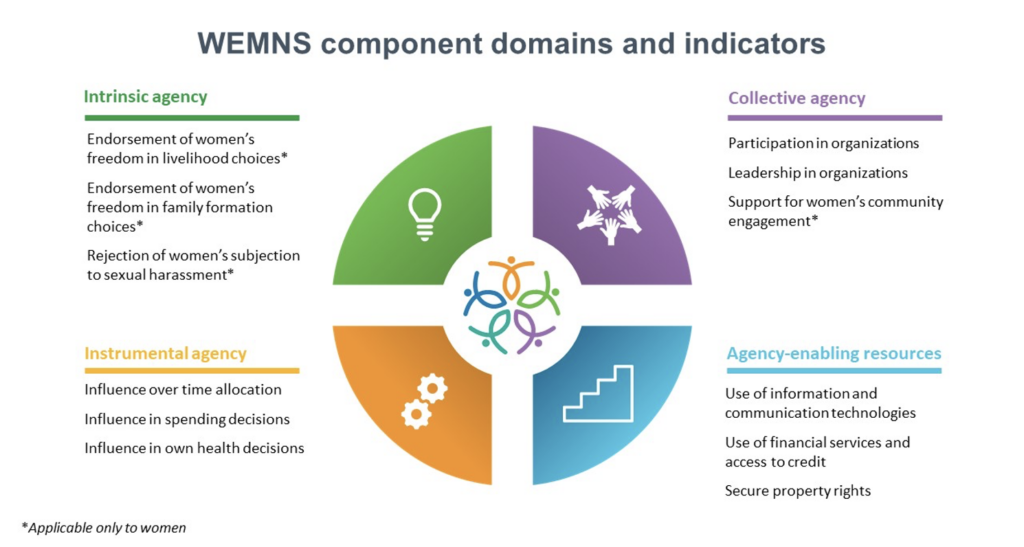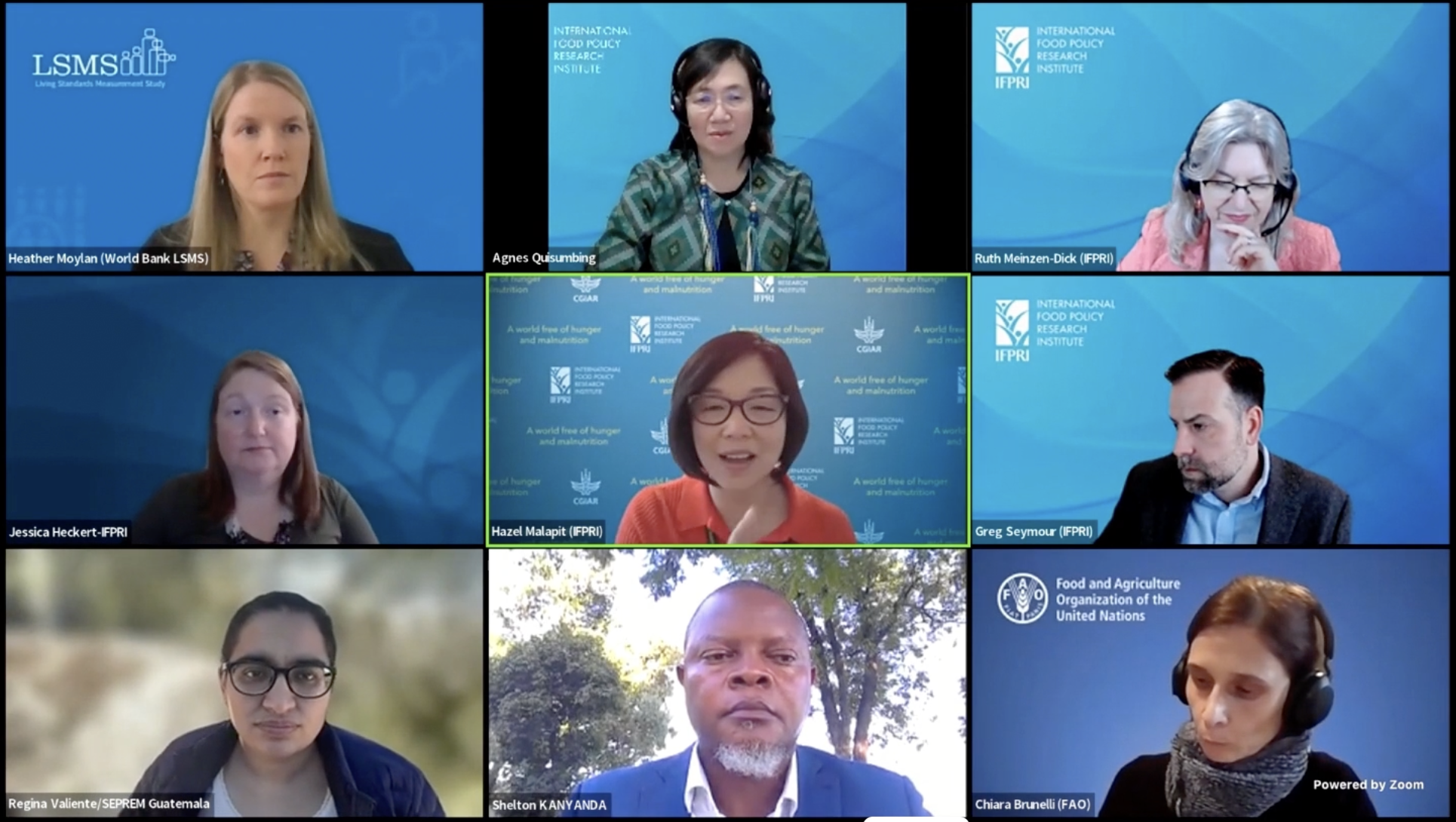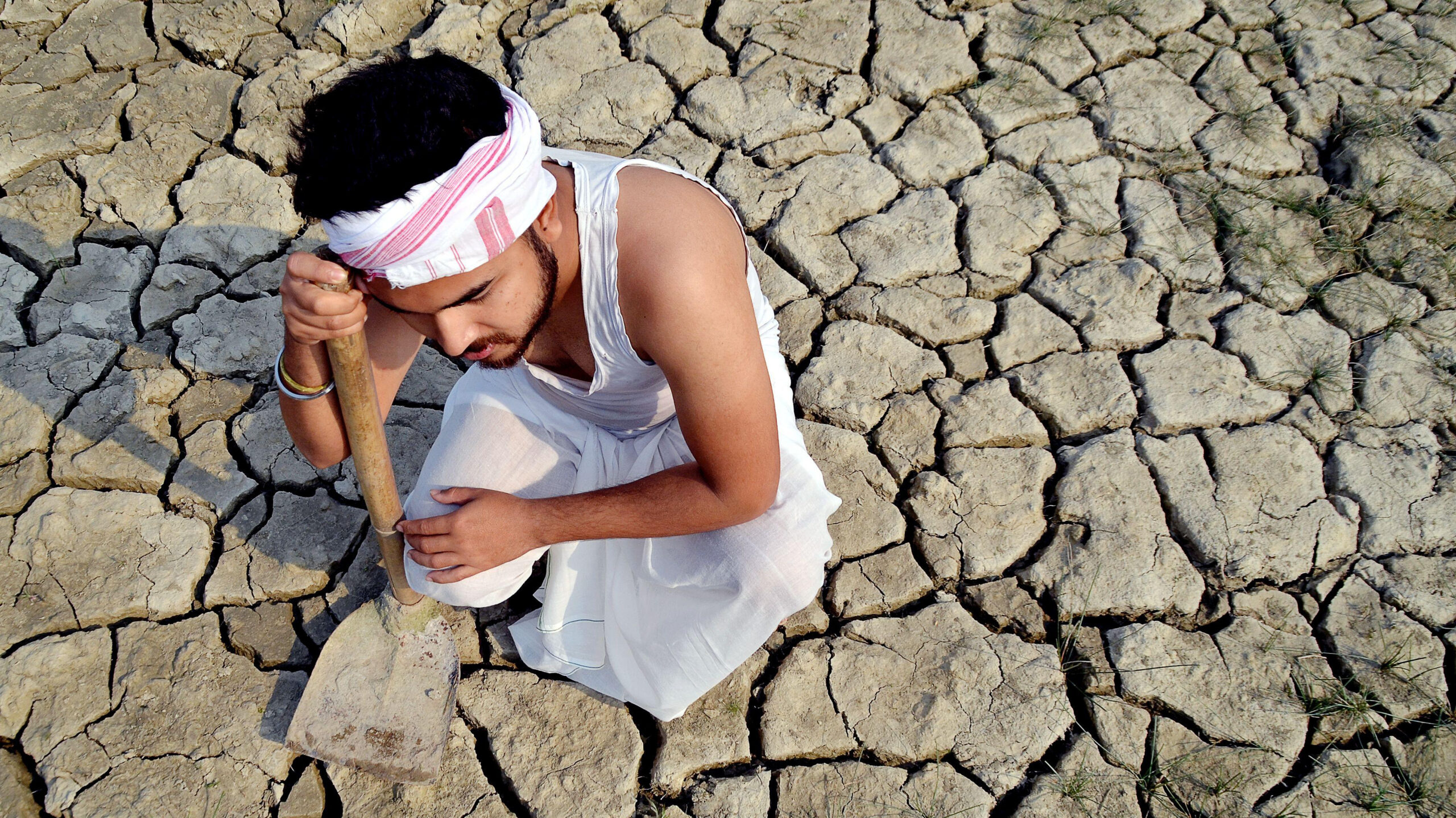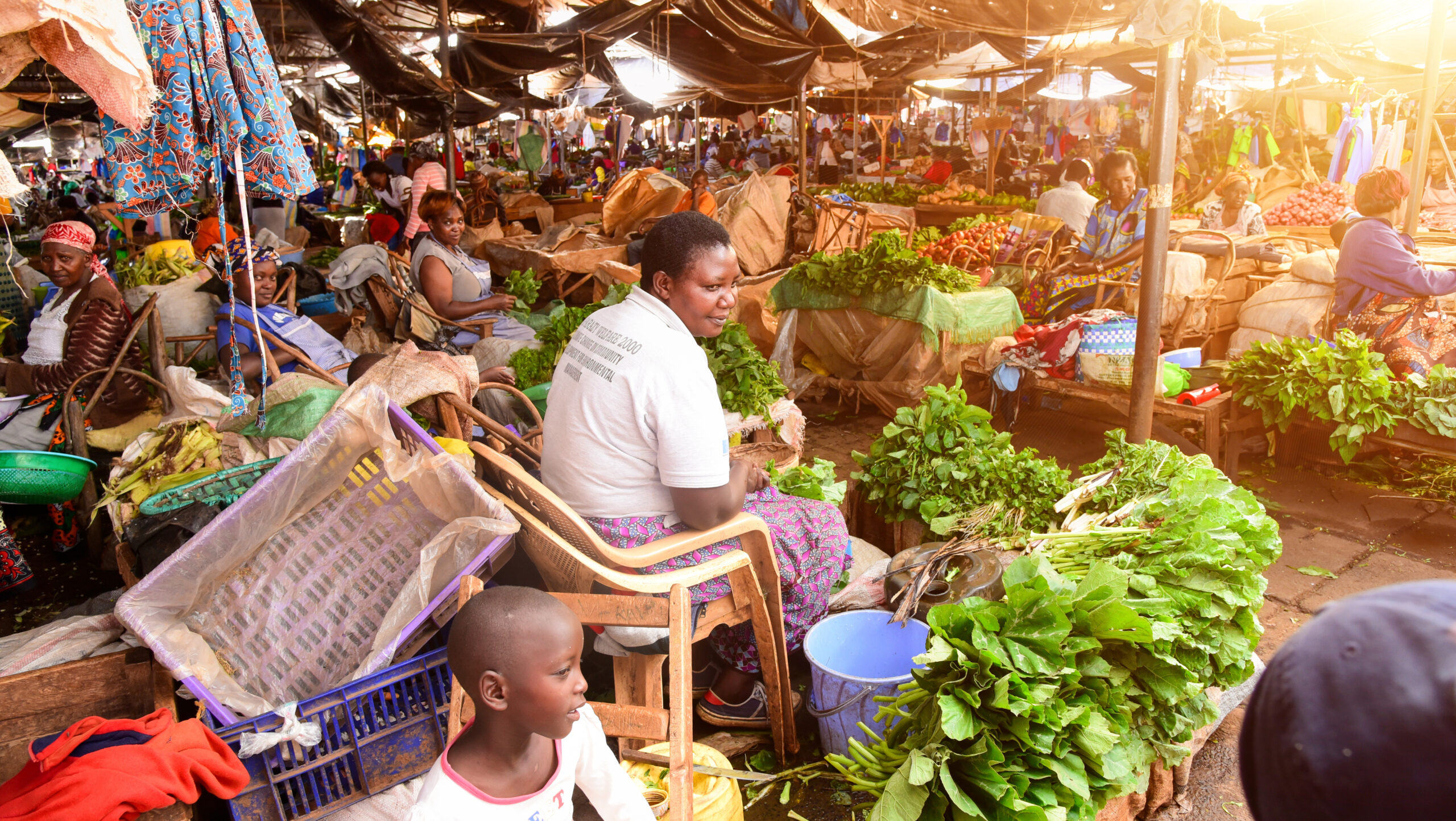Research on gender and women’s empowerment in food systems and global development is central to IFPRI’s mission. Here we mark International Women’s Day (March 8)—with the theme “Invest in Women: Accelerate Progress”—with an account of our continuing efforts to develop and deploy metrics on women’s empowerment in agriculture.
The 2015 adoption of Sustainable Development Goal 5 (SDG5)—achieving women’s empowerment and gender equality—prompted a growth in metrics to monitor global progress toward this goal. With the February 22 launch of the Women’s Empowerment Metric for National Statistical Systems (WEMNS), IFPRI Director General Johan Swinnen noted, “we are seeing a major step in the long-running strategy to come up with measurements and metrics for women’s empowerment, in agriculture and beyond.”
What is WEMNS?
While there has been “tremendous growth” in empowerment metrics, many (including IFPRI’s more established Women’s Empowerment in Agriculture Index (WEAI) family of tools) “were context-specific, limited to agriculture, and therefore unable to capture how empowerment changes as economies transform,” said Agnes Quisumbing, one of the co-creators of WEMNS and Senior Research Fellow in IFPRI’s Poverty, Gender, and Inclusion (PGI) Unit.
WEMNS was designed to be a streamlined instrument that assesses multiple dimensions of empowerment across individuals with a variety of livelihood strategies in both rural and urban settings, suitable for large scale, multitopic surveys. In the next stage of scaling up, WEMNS will be used by the 50×2030 Initiative—which aims to transform agricultural data systems to improve rural livelihoods and food security—in three African countries.
The tool was jointly developed by IFPRI, Emory University, Oxford University, and the World Bank’s Living Standards Measurement Study Unit (LSMS) in collaboration with partners in Bangladesh, Guatemala, Malawi, and Nepal. The development of WEMNS was funded by the Bill & Melinda Gates Foundation and the U.S. Agency for International Development. WEMNS “is a multi-partner effort. We’re really trying to bridge not just the global agricultural data gap with the 50×2030 Initiative … WEMNS adds on to that, and is aligned with SDG 5 on women’s empowerment and gender equality, as well as other relevant SDGs,” said Ruth Meinzen-Dick, co-creator and Senior Research Fellow with IFPRI’s Natural Resources and Resilience (NRR) Unit.
IFPRI Research Fellows and WEMNS co-creators Jessica Heckert (PGI) and Greg Seymour (NRR), outlined how the tool works. WEMNS measures twelve indicators (Figure 1) across four domains: Intrinsic agency, instrumental agency, collective agency, and agency-enabling resources. The indicators were developed by taking into account multiple sources of evidence in an effort to balance country-specific relevance, comparability among countries and through time, and validity, Heckert noted.
Figure 1

WEMNS uses a counting-based methodology to assess levels of empowerment or disempowerment. Respondents are first determined to be constrained or unconstrained in each indicator according to a standardized threshold. Then, based on the number of indicators in which respondents are unconstrained, they are classified as empowered or disempowered, overall. As Seymour explained, “The WEMNS score is based on two statistics. One, the incidence or headcount ratios of disempowerment. This is simply the percentage of women or men in the sample who are disempowered. Second, the intensity of disempowerment, or the average share of the weighted indicators in which disempowered respondents are constrained.”
WEMNS has several advantages over existing metrics. As a starting point, it provides a headline measure of empowerment that can be analyzed to inform policy. It is also applicable across livelihood strategies, in rural and urban areas, and across adult women and men regardless of lifecycle stage. Relatively few questions are needed to calculate the index, so it can be administered in around 15 minutes per person. Integrating WEMNS into major survey platforms would allow for the analysis of associations between empowerment and welfare outcomes such as income, health, and nutritional status.
Steps to develop the WEMNS questionnaire
Developing the WEMNS module included multiple steps: Consultations with key stakeholders, cognitive testing, phone and in-person pilots, and psychometric analysis. More information about the steps taken to develop the WEMNS questionnaire is available in an earlier blog post. A detailed discussion of the rigorous process used to develop the index and its component indicators will be included in a forthcoming discussion paper.
Maximizing WEMNS’s potential
In the immediate future, the 50×2030 partners are looking to scale up WEMNS in large, multitopic surveys. The UN Food and Agriculture Organization (FAO), which leads data production in 50×2030, will be supporting the scale up of WEMNS in Liberia, Sierra Leone, and Tanzania by the end of 2024. “The experience will be instrumental for the questionnaire in other partner countries, because we would really like to demonstrate that appending a module on women’s empowerment in a large-scale agricultural survey is feasible,” said FAO Statistician Chiara Brunelli.
Heather Moylan, LSMS Senior Economist, noted that the World Bank unit is interested in promoting the integration of WEMNS more broadly into national household surveys, since historically the program has supported surveys to collect gender disaggregated data on some of the more traditional topics. Right now, WEMNS is a recommended core module for the next phase of the World Bank’s LSMS – Resilient Futures program, which is focused on strengthening household survey systems in client countries.
Two other stakeholders shared their country-specific plans for WEMNS and highlighted how such a tool can benefit policymakers. Shelton Kanyanda, Director of Agriculture and Economic Statistics at the Malawi National Statistical Office (NSO) who co-led the WEMNS pilot studies in that country, noted, “The issue of collecting data on women and women’s empowerment is quite critical, particularly in developing countries like Malawi.” The tool is suitable for analysis both nationally and at a district level, he added. Regina Valiente, Specialist in Natural Resources, Land, and Housing at the Guatemala Presidential Secretariat on Women (SEPREM), said that addressing equality as a cross-cutting theme is one of the core aspects of generating and sustaining an economic empowerment agenda for rural women across the Latin America region, “which is why we see this as an opportune moment to generate alliances where we can establish WEMNS as a tested statistic.”
Emily Myers is a Senior Research Analyst with IFPRI’s Poverty, Gender, and Inclusion (PGI) Unit; Flor Paz is a PGI Research Analyst; Jennifer Johnson is a Communications Specialist with IFPRI’s Communications and Public Affairs Unit.
To learn more, please watch the event recording.







